In the ever-evolving financial landscape of 2025, CFOs are tasked with navigating complexities ranging from global economic shifts to technological advancements. The ability to track and analyse the right financial Key Performance Indicators (KPIs) is no longer a luxury but a necessity. These metrics not only provide insight into an organisation’s financial health but also support strategic decision-making. Here are the top financial KPIs every CFO should prioritise in 2025:
1. Revenue Growth Rate
Revenue growth is a clear indicator of a company’s ability to generate sales over time. This KPI allows CFOs to evaluate the success of business strategies and identify trends in market demand.
Formula:
Revenue Growth Rate = [(Current Period Revenue - Previous Period Revenue) / Previous Period Revenue] x 100
Why It Matters:
Monitoring revenue growth helps CFOs assess performance against strategic goals and anticipate future cash flow needs.
2. Gross Profit Margin
Gross profit margin measures the profitability of core business operations, excluding indirect costs like administrative expenses.
Formula:
Gross Profit Margin = [(Revenue - Cost of Goods Sold) / Revenue] x 100
Why It Matters:
It reveals the efficiency of production processes and pricing strategies, enabling CFOs to identify areas for improvement.
3. Net Profit Margin
While gross profit focuses on operational profitability, net profit margin considers all expenses, including taxes and interest.
Formula:
Net Profit Margin = (Net Income / Revenue) x 100
Why It Matters:
A high net profit margin indicates strong financial health and the ability to manage expenses effectively.
4. Cash Conversion Cycle (CCC)
The CCC measures how quickly a company can convert its investments in inventory and receivables into cash flow.
Formula:
CCC = Days Inventory Outstanding + Days Sales Outstanding - Days Payables Outstanding
Why It Matters:
In 2025, with supply chain disruptions and rising interest rates, efficient cash flow management is critical. The CCC helps CFOs identify bottlenecks and optimise working capital.
5. Operating Expense Ratio (OER)
This KPI compares operating expenses to revenue, offering insights into cost management.
Formula:
OER = (Operating Expenses / Revenue) x 100
Why It Matters:
Keeping operating expenses in check is vital for maintaining profitability, especially in uncertain economic climates.
6. Debt-to-Equity Ratio
This KPI highlights the financial leverage of the company by comparing total liabilities to shareholder equity.
Formula:
Debt-to-Equity Ratio = Total Liabilities / Shareholder Equity
Why It Matters:
With interest rates fluctuating in 2025, maintaining a healthy balance between debt and equity is crucial to avoid over-leveraging.
7. Return on Equity (ROE)
ROE measures the efficiency of a company in generating profits from shareholders' investments.
Formula:
ROE = (Net Income / Shareholder Equity) x 100
Why It Matters:
A strong ROE signals to investors that the company is effectively using their capital, which is vital for securing future funding.
8. Earnings Before Interest, Taxes, Depreciation, and Amortisation (EBITDA)
EBITDA provides a clear picture of operational profitability without the influence of financing and accounting decisions.
Formula:
EBITDA = Net Income + Interest + Taxes + Depreciation + Amortisation
Why It Matters:
CFOs use EBITDA to benchmark performance against competitors and industry standards, making it a key metric for strategic planning.
9. Customer Acquisition Cost (CAC)
As businesses invest in growth strategies, understanding the cost of acquiring new customers becomes crucial.
Formula: CAC = Total Sales and Marketing Expenses / Number of New Customers Acquired
Why It Matters: Tracking CAC helps CFOs ensure marketing spend aligns with long-term profitability goals.
10. Economic Value Added (EVA)
EVA measures the value a company generates beyond the required return of its shareholders.
Formula:
EVA = Net Operating Profit After Taxes (NOPAT) - (Capital Employed x Cost of Capital)
Why It Matters:
EVA provides a holistic view of financial performance, emphasising value creation over short-term profits.
Final Thoughts
In 2025, CFOs must adopt a forward-thinking approach, leveraging advanced analytics and real-time reporting tools to stay ahead. By focusing on these essential financial KPIs, CFOs can drive strategic growth, ensure resilience, and foster long-term success in an increasingly competitive landscape. Tracking these metrics isn’t just about numbers; it’s about enabling informed decisions that align with the company’s vision and goals.



